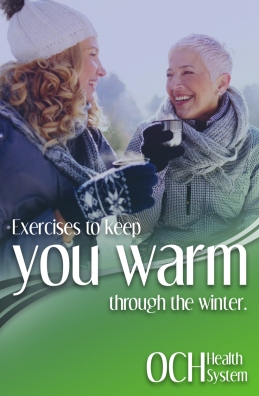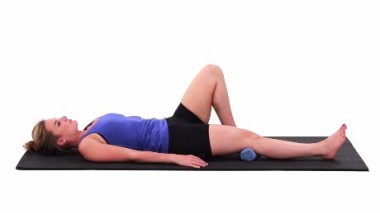
Jeopardy Contestant: “I’ll take Types of Cancer for 400, Alex.”
Trebek: “It is expected to kill more than 50,000 people in the U.S. in 2012 and there is a slightly greater than 5% chance you will get this in your lifetime.”
Jeopardy Contestant 2: (Buzz) “What is liver cancer?”
Trebek: “That is incorrect.”
Jeopardy Contestant: “What is colon cancer?”
Trebek: “Correct for 400.”
What is Colon Cancer?
Colon cancer is a disease in which malignant (cancer) cells form in the tissues of the colon. The colon is part of the body’s digestive system. The digestive system removes and processes nutrients (vitamins, minerals, carbohydrates, fats, proteins, and water) from foods and helps pass waste material out of the body. The digestive system is made up of the esophagus, stomach, and the small and large intestines. The first 6 feet of the large intestine are called the large bowel or colon. The last 6 inches are the rectum and the anal canal. The anal canal ends at the anus (the opening of the large intestine to the outside of the body).

Risk Factors Signs & Symptoms
Risk factors can be broken down into four separate categories:
- Average Risk: Age 50 or over with no other personal or family risk factors
- Increased risk: Previous colorectal cancer or adenomatous polyps and family history of colorectal cancer or adenomatous polyps
- High risk: Inherited Lynch syndrome (hereditary non-polyposis colon cancer or HNPCC) and inherited familial adenomatous polyposis (FAP) or attenuated familial adenomatous polyposis (AFAP)
- Lifestyle risks: Obesity, smoking, heavy alcohol use, lack of exercise, diets high in fat and red or processed meat, few fruits and vegetables, low levels of Vitamin D from sunshine.
Some of the most common signs & symptoms can include: A change in bowel habits, for example constipation or diarrhea that lasts more than a couple of weeks, a feeling that the bowel does not empty completely, bright red or very dark blood in the stool, black stools that may indicate hidden blood and stools that look narrower or thinner than normal. Abdominal discomfort such as frequent gas pains, bloating, fullness, or cramps are also considered symptoms of this type of cancer. Weight loss with no known explanation, constant tiredness or fatigue and unexplained anemia (low number of red blood cells) are common symptoms as well with this type of cancer.
How to Detect Colon Cancer
The most common way for health care providers to detect colon cancer is to perform a procedure called a colonoscopy. A Colonoscopy lets the physician look inside your entire large intestine, from the lowest part, the rectum, all the way up through the colon to the lower end of the small intestine. The procedure is used to look for early signs of cancer in the colon and rectum. It is also used to diagnose the causes of unexplained changes in bowel habits.
Types of Treatments Include
Surgery (removing the cancer in an operation) is the most common treatment for all stages of colon cancer. A doctor may remove the cancer using one of the following types of surgery: Local excision, resection, resection and colostomy, radiofrequency ablation, cryosurgery, oncology, radiation therapy, biological therapy. Follow-up exams may help find recurrent colon cancer earlier.
Prevention Methods
Research suggests that up to 35 percent of cancers are related to poor diet. By modifying what you eat and being active, you can reduce your risk of cancer and other health problems.
- Once you have made the decision to exercise, choose an activity that suits your personality – if you like the company of other people, choose an activity like a dance class or a team sport. If you prefer solitary activity, then walking or using equipment in a gym may be better for you.
- Get help: ask for assistance from someone with an understanding of your selected activity – a trainer at your gym, the aerobic instructor – to help you prevent injury and to get the most from your workout.
- Remember that even moderate exercise has health benefits. Moderate exercise is defined as activity that burns 150 calories of energy a day or 1000 a week. Try walking, yard work or recreational games like tennis or basketball.
- Work toward 30 minutes of physical activity between three to five days a week.
- Set realistic goals for yourself based on your fitness level.
- Go slow and steady so you don’t become disappointed by setbacks.
- Keep to a regular schedule – you will establish a routine and be more likely to stick to it. If you don’t stick to your schedule, don’t worry. Just pick up again where you left off and start again.
- Always check with a physician when you begin a new exercise program, especially if you have been sedentary.
















